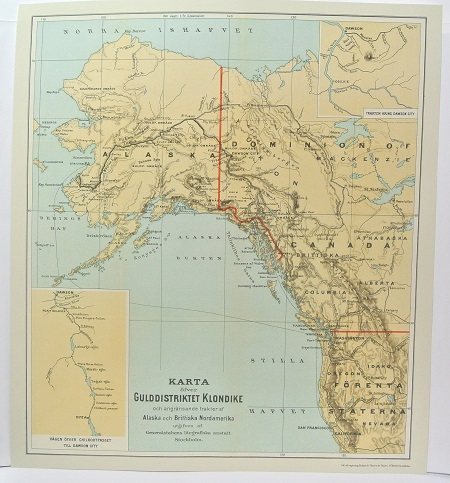Född 6 oktober 1654 i Strängnäs, död 24 mars 1720 i Stockholm.
Fram till adlandet 1693 Peringer, fornforskare. Yngre bror till orientalisten Gustaf Peringer, adlad Lillieblad.
Johan Peringer blev student i Uppsala 1677, antogs 1680 till 'ämnesven' vid Antikvitetskollegium och blev 1682 kanslist. Han erhöll sedan i uppdrag att i sällskap med Johan Hadorph göra resor i landsorten för att uppleta och avteckna gamla minnesmärken och runstenar. Då samlades det första materialet till det stora runstensverk, som längre fram utgavs under namn av Bautil.
Sedan han 1689 blivit assessor i Antikvitetskollegiet, ägnade Peringer sig huvudsakligen åt samlandet av ett svenskt diplomatarium samt genealogier. 18 folianter förstördes visserligen vid slottsbranden 1697, men arbetena gjordes om, och han lämnade efter sig betydande, hos Vitterhetsakademien förvarade avskriftssamlingar ('Bullarium', m.m.; se art. Svenskt Diplomatarium). 1693 blev Peringer efter Hadorph sekreterare vid Antikvitetsarkivet och riksantikvarie samt adlades samma år med namnet Peringskiöld. Han var 1698-1711 ä...
1803-80.
Tysk förlagsbokhandlare. Född i Siblingen, död i Leipzig. Efter utbildning i bokhandlarkonsten i Basel, Genève, Paris och Freiburg etablerade han sig i Leipzig 1833. Han intresserade sig speciellt för illustrerade verk och gav bl.a. ut 'Pfenningmagazin' och 'Illustrierte Zeitung'. Förlaget existerade åtminstone till 1950-talet.
Bland arbeten.
Pfenningmagazin.
Illustrierte Zeitung.
Der Grosse Brockhaus.
1664-1740.
In 1691, employed by Petter Gedda as tutor at the marine officers' college. Strömcrona would later succeed Gedda, first as captain then director of pilots. For more than 40 years, he was responsible for sea measurements and the charting of Swedish shipping waters.
Sveriges sjökartor – A. Hedin.
Gulddistriktet Klondike - ca 1897.
Specialkarta Gotland, Fårösund, Slite hamn, Bursviks hamn, Visby hamn. - A. Nagaev 1757.



